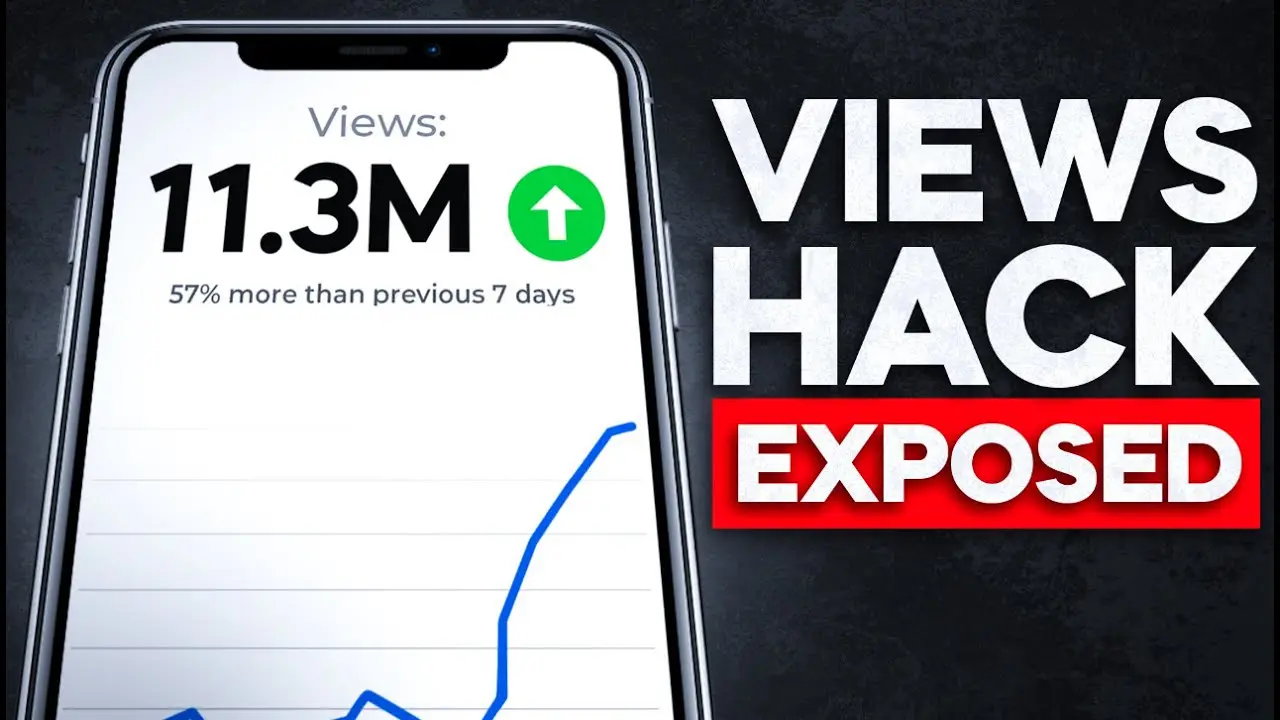Welcome to Cracking SEO, a series where we’ll share the best strategies for increasing views, subscribers, and search rank on YouTube using little-known SEO tactics.
We’re not just talking about the basics. The truth is most YouTubers have no idea about these tactics because they’re either hidden deep within YouTube Studio or they’re in plain sight but aren’t being used correctly. Let’s change that right now. Read on or watch our video on the best hack for getting more YouTube views:
Millions of people search YouTube every day looking for specific content, how to tie a tie, what’s the best workout for abs, how to pass your driving test etc. Actually, 51% of YouTube users use YouTube videos to learn new things like this. By adding the right search phrases and keywords to your titles and descriptions, your videos are more likely to appear when people search for these terms on YouTube.
How to Get Your Videos to Show Up in Search Results – in ANY Language!
Getting your videos to appear in search results can kickstart your growth on YouTube when you’re just starting out. But let’s take it a step further. How about having the ability to show up in search results everywhere, in any language, and in any country?
This couldn’t be easier if you use the ‘Title and Description Translations’ feature in YouTube Studio. This tool allows you to create location and search language-specific variations of your titles and descriptions so viewers who search YouTube in languages other than your own can still find your videos. How awesome is that?
Just sign into YouTube Studio. From the left-hand menu, select Subtitles, then select Video.
If you have the free TubeBuddy browser extension installed, you’ll see the top 10 languages spoken by your channel’s audience. Use this list to decide which languages you should prioritize when translating your video titles and descriptions.
Select Add Language and then click the language you would like to translate to. Under Title & Description, select Add. Now, enter the translated title and description. You can easily pull this from Google Translate or tap TubeBuddy’s Translate button, and it will automatically translate titles and descriptions into as many languages as you like.
Once done, select Publish, and you’re finished.
If your video is a good match for viewers who search YouTube in another language, your video will now show up. Now you’re ranking for the same keywords and phrases in the translated languages as well.
Adding Subtitles to Your YouTube Videos
If your content does include commentary, you need to add subtitles. Luckily, this is easy. On that same page, under Subtitles, click Add. Just select a language, click Add, then click Auto-translate.
This will create subtitles in the selected language based on either the manual ones you provided or the auto-generated ones that YouTube gives you. It’s literally that simple, and it makes your YouTube channel so much better.
The reality is sometimes viewers from around the world seek content that’s just not available in their native language. In fact, while much of today’s video content is only produced in English, 80% of the world does not speak English. So now, if a viewer finds your video in their language, they’ll also be able to understand it.
Plus, YouTube is building a free dubbing feature that uses AI to dub your videos in multiple languages. So adding translations to your titles and descriptions now is future-proofing your content when YouTube makes this available to all channels, and viewers can immediately start finding and listening to your videos in their own language.
